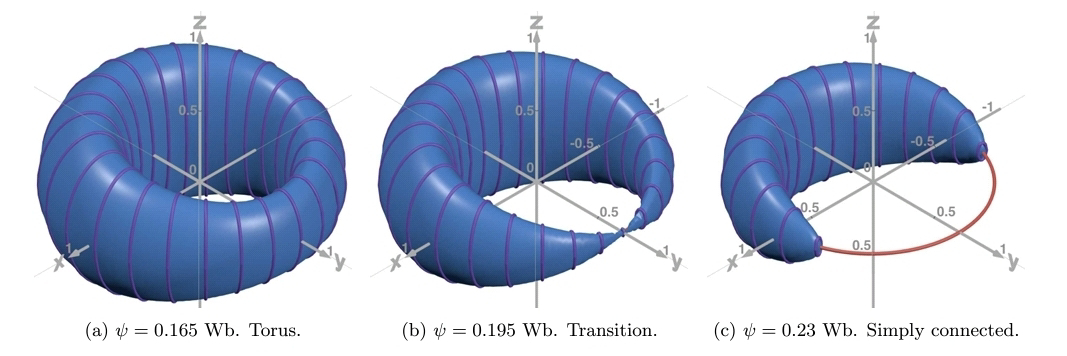<< ️This (AA) study presents a combined experimental and computational investigation of an oloid shaped particle settling in a quiescent fluid. The oloid, a unique convex shape with anisotropic geometry, provides a distinctive model for exploring how a particle's shape and orientation affect its settling dynamics. >>
<< ️(AA) results indicate two distinct falling modes for the oloid, separated by Galileo number. The stable mode is characterised by a preferential orientation, with a rotation around the vertical axis, whereas the tumbling mode has randomly distributed orientation and rotation statistics. (They) characterise the falling velocity, orientation, and rotation dynamics of the oloids over a range of Galileo numbers. Additionally, the influence of the initial orientation is revealed to determine the rotation dynamics at low Galileo numbers. >>
Mees M. Flapper, Giulia Piumini, Roberto Verzicco, et al. Settling dynamics of an oloid: experiments and simulations. arXiv: 2511.05137v1 [physics.flu-dyn]. Nov 7, 2025.
Also: particle, transition, in https://www.inkgmr.net/kwrds.html
Keywords: gst, particle, transitions, oloids, oloid shaped particles, multiple falling regimes, falling mode, tumbling mode.








